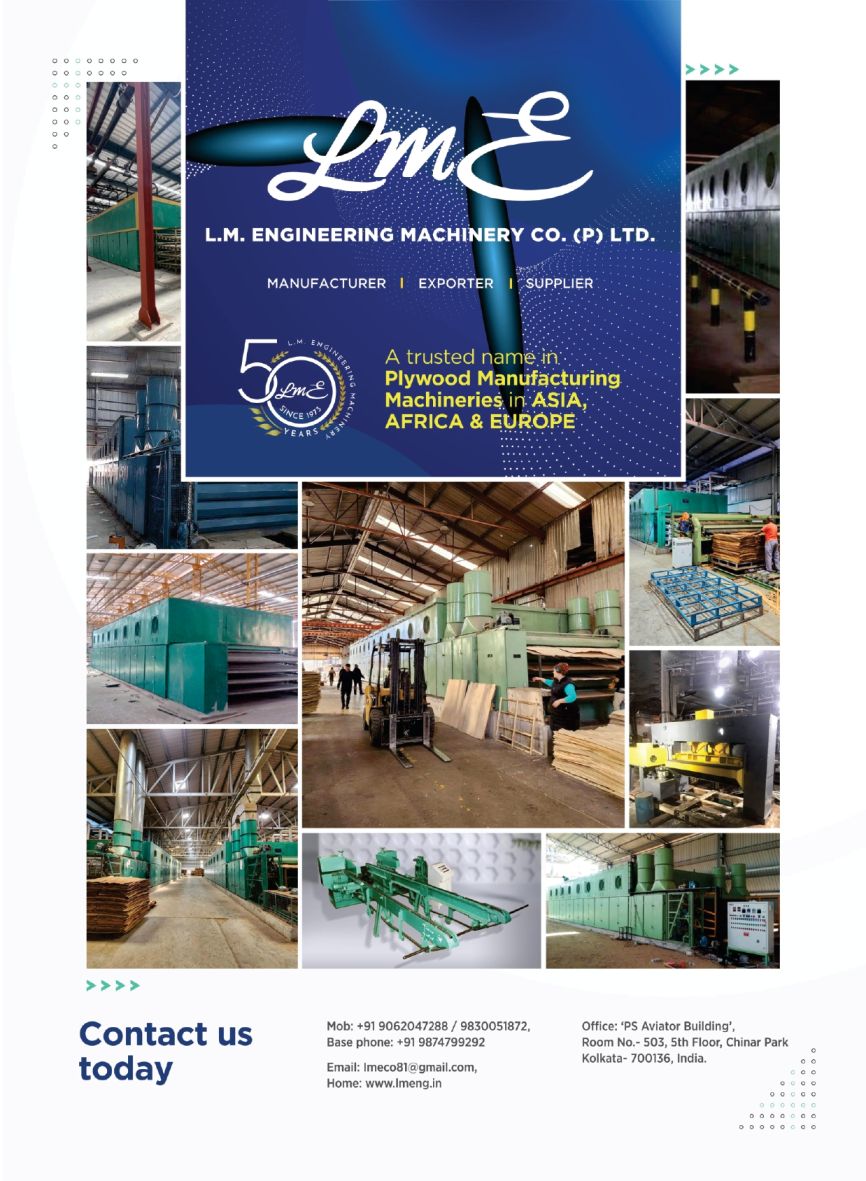
Lifting startups from the governance hole
- April 13, 2024
- 0
Startups attract our attention either when, based on their rising valuations, of when their valuations come crashing down.
The uncomplicated explanation is that the valuations moved in lockstep with the flow of funds. As the fiscal taps opened, money flowed and asset prices escalated, including those of startups.
Once this tide turned, money became expensive, and valuations dropped. This is at best a partial explanation, as it suggests that macro headwinds and tailwinds, rather than the startups themselves, create their destiny.
Many factors explain the success and failure of startups – some within their control, while some outside their influence.
But one thing startups, as an asset class, can do is to is to increase focus on governance, as absence of this, in large part, accounts for the business breakdowns.
This points to the focus startups and their investors place on being the first to identify a market, build out a product, and grab market share, paying insufficient attention to governance. Most see governance as something that comes in the way of doing business.
They expect to concentrate on the governance aspects, closer to their Initial Public Offering (IPO), or when the company reaches a particular size. In doing so, they fail to recognise that governance is a fundamental building block that will give investors the confidence to fund, suppliers the comfort to deal with the business, and talent the incentive to join and stay with the company.
The best way forward is to build out the business and the accompanying governance systems in parallel. This means appointing a fully functional board, a compliance team, and a financial reporting team.
Today, India has one of the largest and most vibrant startup ecosystems in the world a testament to the country’s entrepreneurial spirit and its ability to foster innovation and growth.
The best way to maintain our leadership positions is for startups to adopt the best governance practices and build investor and stakeholder trust. This, no doubt, is as hard as building the commercial end of the business, but there is no better way to create long-term value.































































